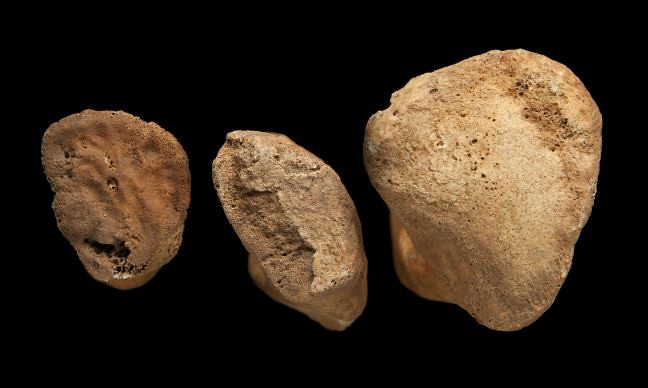Home / History / Archaeology / Forensic Archaeology and Anthropology / Late-Fusing Epiphyses and the Ribs

Reach your personal and professional goals
Unlock access to hundreds of expert online courses and degrees from top universities and educators to gain accredited qualifications and professional CV-building certificates.
Join over 18 million learners to launch, switch or build upon your career, all at your own pace, across a wide range of topic areas.


 In this pelvis, the iliac crest epiphysis is in the process of fusing on to the pelvis. The area where the fusion line is still visible is highlighted in blue.
In this pelvis, the iliac crest epiphysis is in the process of fusing on to the pelvis. The area where the fusion line is still visible is highlighted in blue. The developmental stages of the sternal end of the clavicle; unfused (left), partially fused (middle) and fused (right).
The developmental stages of the sternal end of the clavicle; unfused (left), partially fused (middle) and fused (right).






